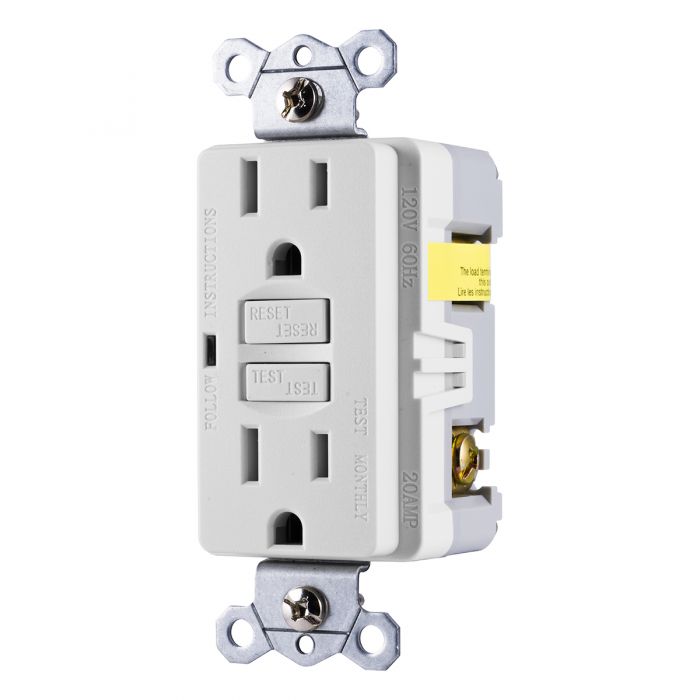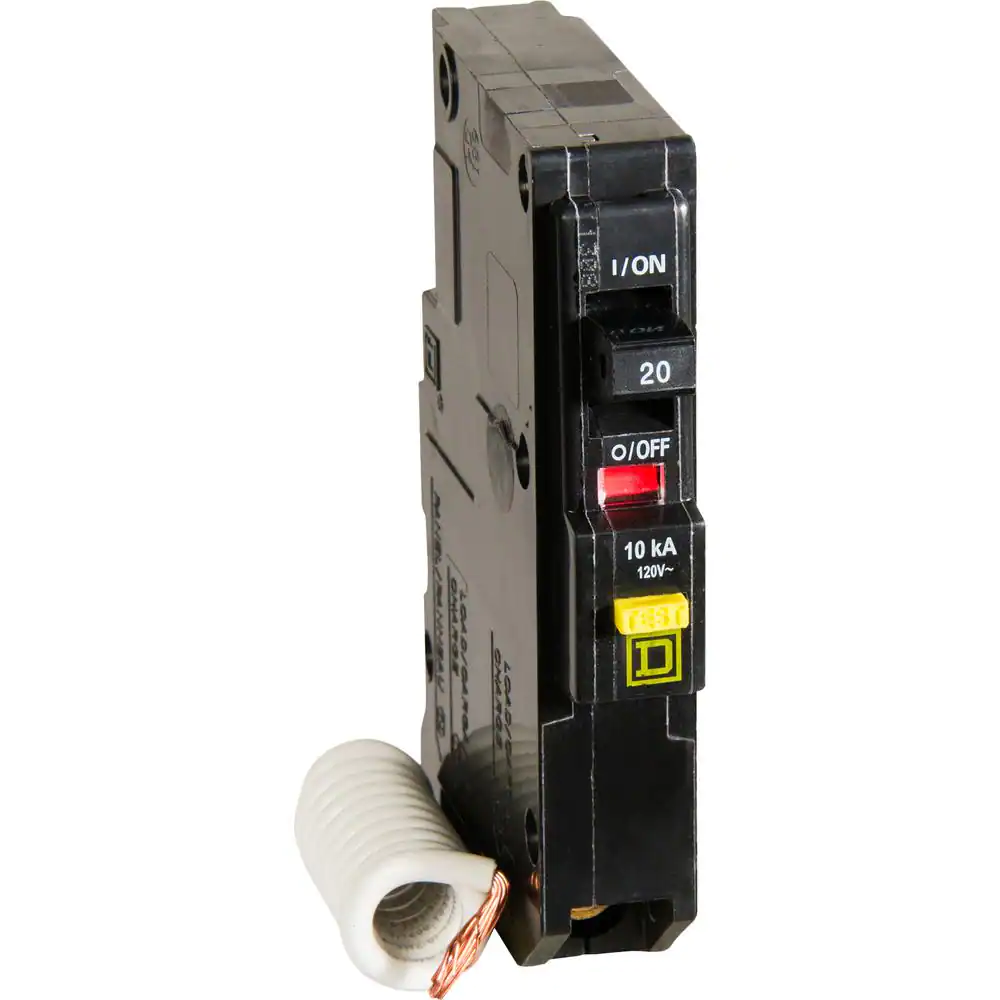Ground Fault Circuit Interrupters


Ground Fault Circuit Interrupter (GFCI) protection is a crucial safety device that is commonly found in households. It is designed to detect even a slight difference of 5 milliamps between the supply and return conductors, and if detected, it immediately cuts off power to the circuit or receptacle. The GFCI protection can either be in the form of a receptacle or a breaker in the electrical panel. The significance of GFCI protection lies in the fact that even a few seconds of contact with 30 or more milliamps of current can result in cardiac arrest, making GFCI an indispensable component in every home.
Wet or potentially wet locations, such as bathrooms, kitchens, garages, and basements, are some of the places where GFCI devices are commonly installed. As appliances or devices used in these locations have a higher potential of coming into contact with water, GFCI protection ensures that the circuit is tripped and the current is shut off within a fraction of a second.
The implementation of GFCI protection has contributed to a significant reduction in accidental electrocution fatalities, with an estimated 200 deaths per year as compared to 800 before GFCI use was widespread.
As a home inspector in the State of Colorado, I am obligated to operate ground fault circuit interrupters. In instances where GFCI devices are absent, I recommend their installation to ensure the safety of the occupants.
Codes for GFCI protection have been introduced in a staggered manner, with varying adoption timelines from one municipality or state to another. As an inspector, I assess the homes I inspect by today’s standards and provide recommendations for GFCI installation to ensure that the occupants are safe, even if they were not required at the time of construction.
It is essential to note that some real estate contracts may include a clause stating that the seller is not required to update the home to modern code standards. In such cases, it is advisable to engage an electrician to install GFCI protection at all recommended locations, as it is typically a cost-effective and simple upgrade that ensures the safety of the occupants.

